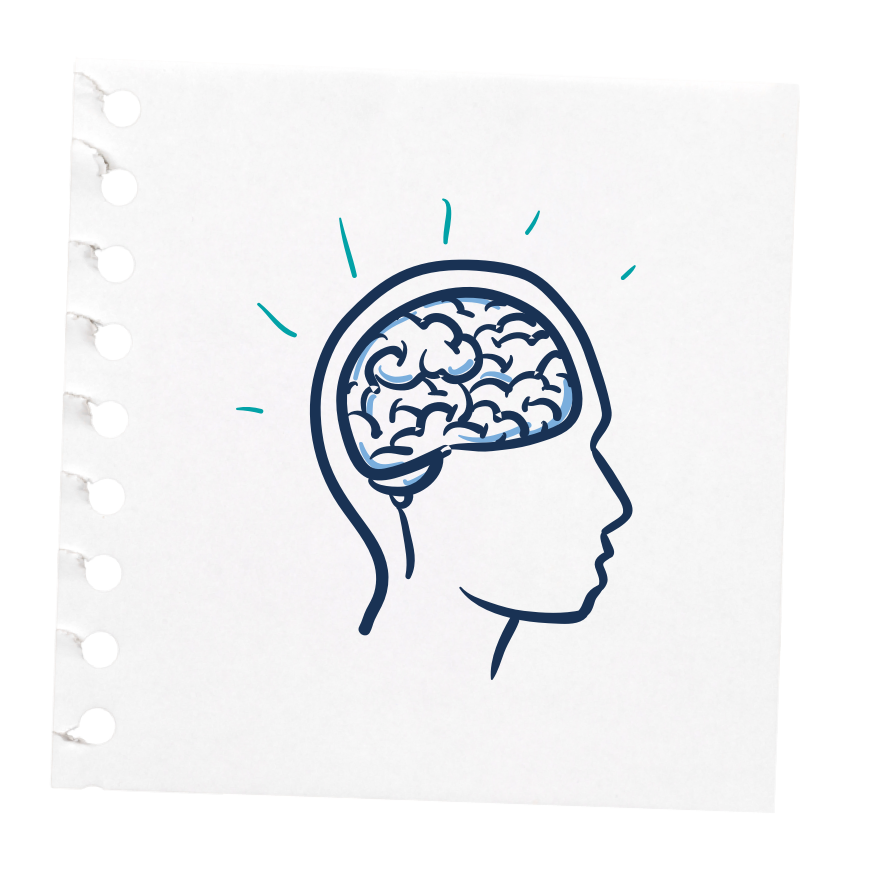About Adrenoleukodystrophy (ALD)
Understanding what ALD is and how it may change over time can help you create a plan that works for you and your family. Whether you’ve been on your ALD journey for a while or you’re just beginning, you’ve likely faced the question—what is ALD? Knowing the basics of ALD can be both empowering and helpful—especially when speaking with your team of health care providers.|
|
What is ALD?
Adrenoleukodystrophy (ALD) is a rare, X-linked disease caused by a genetic mutation, and is more common in males than females. As a metabolic disease, ALD can lead to adrenal problems and potentially to more serious complications if not managed.
|

|
|
|
What is ALD?
Adrenoleukodystrophy (ALD) is a rare, X-linked disease caused by a genetic mutation, and is more common in males than females. As a metabolic disease, ALD can lead to adrenal problems and potentially to more serious complications if not managed.
|

|
|
How can ALD be inherited?
ALD is an X-linked genetic condition, which means it can be passed down through family members, linked to an X chromosome only. A male inherits one X chromosome from his mother, and one Y chromosome from his father. Because males do not have a second X chromosome, if they inherit the mutation, they will have ALD. A female inherits two X chromosomes, one from each parent. If a female inherits the X chromosome with the mutation, she still has a second X chromosome to help balance out some of the effects of the mutation.
Because it is X-linked, ALD affects more men than women, and men tend to experience symptoms at an earlier age. Women with the ALD gene may have symptoms that appear later than in men, but can be as severe. This website can provide you with information that can help you navigate your journey with ALD.
1:17,000 newborns.
1:17,000 newborns.

|

|
It’s a devastating diagnosis if the diagnosis is made late. If it’s early, with the right support, they could get through it.”
Deirdre Corr
ALD caregiver
|

|

|
|
It’s a devastating diagnosis if the diagnosis is made late. If it’s early, with the right support, they could get through it.”
Deirdre Corr
ALD caregiver
|


How ALD Develops
ALD is caused by an underlying genetic mutation in the ABCD1 gene, which affects the body’s ability to create the protein that helps the process of breaking down very long–chain fatty acids (VLCFAs). A buildup of VLCFAs can cause adrenal problems and can potentially lead to brain damage.
What are the Different Types of ALD?
Everyone's journey with ALD is unique. Some individuals may only experience one manifestation of ALD, whereas for others, manifestations may change or overlap during their lifetime. Doctors may group ALD symptoms by observable characteristics, including appearance, development and behavior—this classification of symptoms is known as a phenotype.
There are 4 primary phenotypes that occur in ALD. Click below to explore each one.
If someone is asymptomatic, they typically do not show signs or symptoms of ALD for at least the first few years of life, and may continue to not show any symptoms.
Adrenal insufficiency is often the first detected symptom for boys with ALD. Adrenal symptoms can include fatigue, loss of appetite, hyperpigmentation (skin darkening), and belly pain.
Most boys with ALD will eventually develop adrenal insufficiency. Although adrenal insufficiency is manageable it can become life-threatening if it is not detected early. An endocrinologist can work with you to manage adrenal insufficiency symptoms.
Adrenomyeloneuropathy (AMN) is ALD that commonly starts in adulthood and affects the spinal cord and nerves. Behavioral changes can also start to develop as the condition progresses. In some severe cases, the progression of the brain and spinal cord involvement can impact life expectancy.
Cerebral ALD is ALD that progresses to affect the brain. Boys can start to show symptoms that include vision changes, hyperactivity and learning difficulties. The condition progresses very quickly, so early diagnosis is essential. Approximately 40% of boys with ALD will develop cerebral ALD. If left undiagnosed or unmanaged, cerebral ALD can have severe effects and lead to significant disabilities, such as inability to speak or respond, blindness, or even death. However, cerebral ALD can be effectively managed if it is detected early.

|
As scary as all these things do sound, finding out about it, and stopping it before it’s too late is actually doable.”
Marisa Vutrano
ALD Caregiver
|

|
|
As scary as all these things do sound, finding out about it, and stopping it before it’s too late is actually doable.”
Marisa Vutrano
ALD Caregiver
|